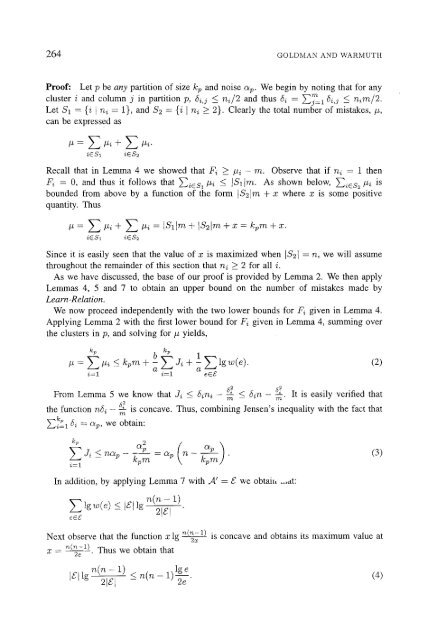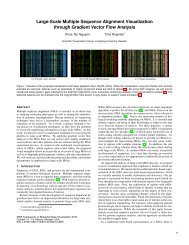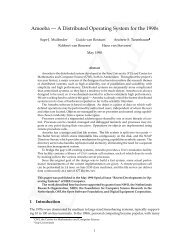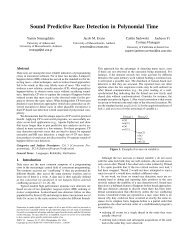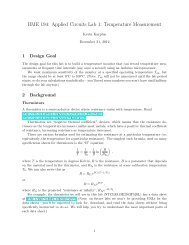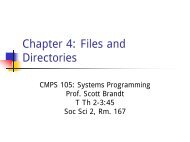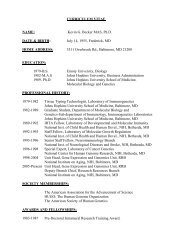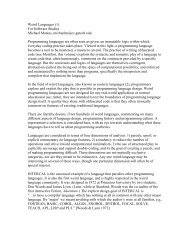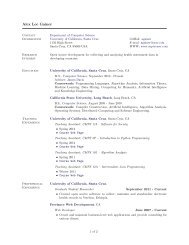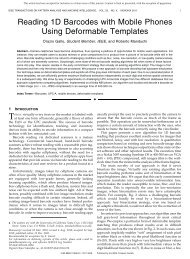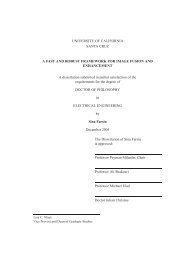Learning binary relations using weighted majority voting
Learning binary relations using weighted majority voting
Learning binary relations using weighted majority voting
You also want an ePaper? Increase the reach of your titles
YUMPU automatically turns print PDFs into web optimized ePapers that Google loves.
264 GOLDMAN AND WARMUTH<br />
Proof: Let p be any partition of size kp and noise O~p. We begin by noting that for any<br />
m<br />
cluster i and column j in partition p, (Si,j 2}. Clearly the total number of mistakes, #,<br />
can be expressed as<br />
#= ZPi+ ~#i.<br />
iES1 iES2<br />
Recall that in Lemma 4 we showed that F.i > #i - m. Observe that if ni = 1 then<br />
Fi = 0, and thus it follows that ~iEs~ #i 2 for all i.<br />
As we have discussed, the base of our proof is provided by Lemma 2. We then apply<br />
Lemmas 4, 5 and 7 to obtain an upper bound on the number of mistakes made by<br />
Learn-Relation.<br />
We now proceed independently with the two lower bounds for Fi given in Lemma 4.<br />
Applying Lemma 2 with the first lower bound for Fi given in Lemma 4, summing over<br />
the clusters in p, and solving for # yields,<br />
kp b kp<br />
# = ~ .i


